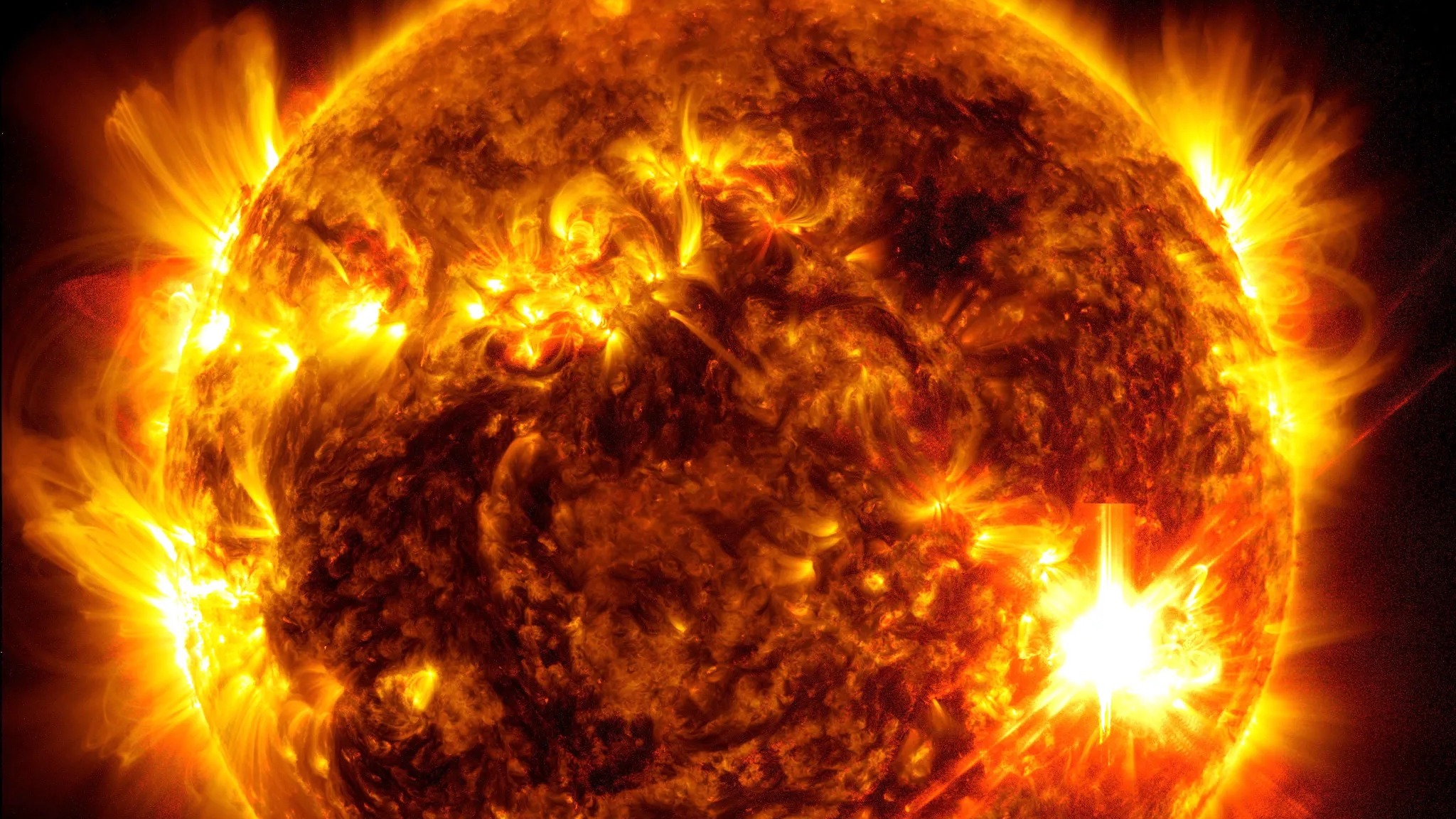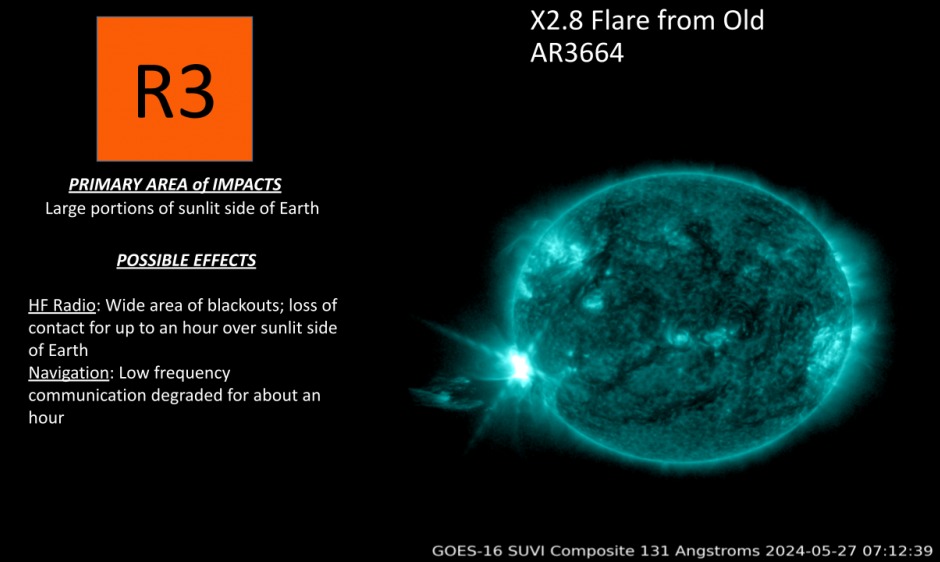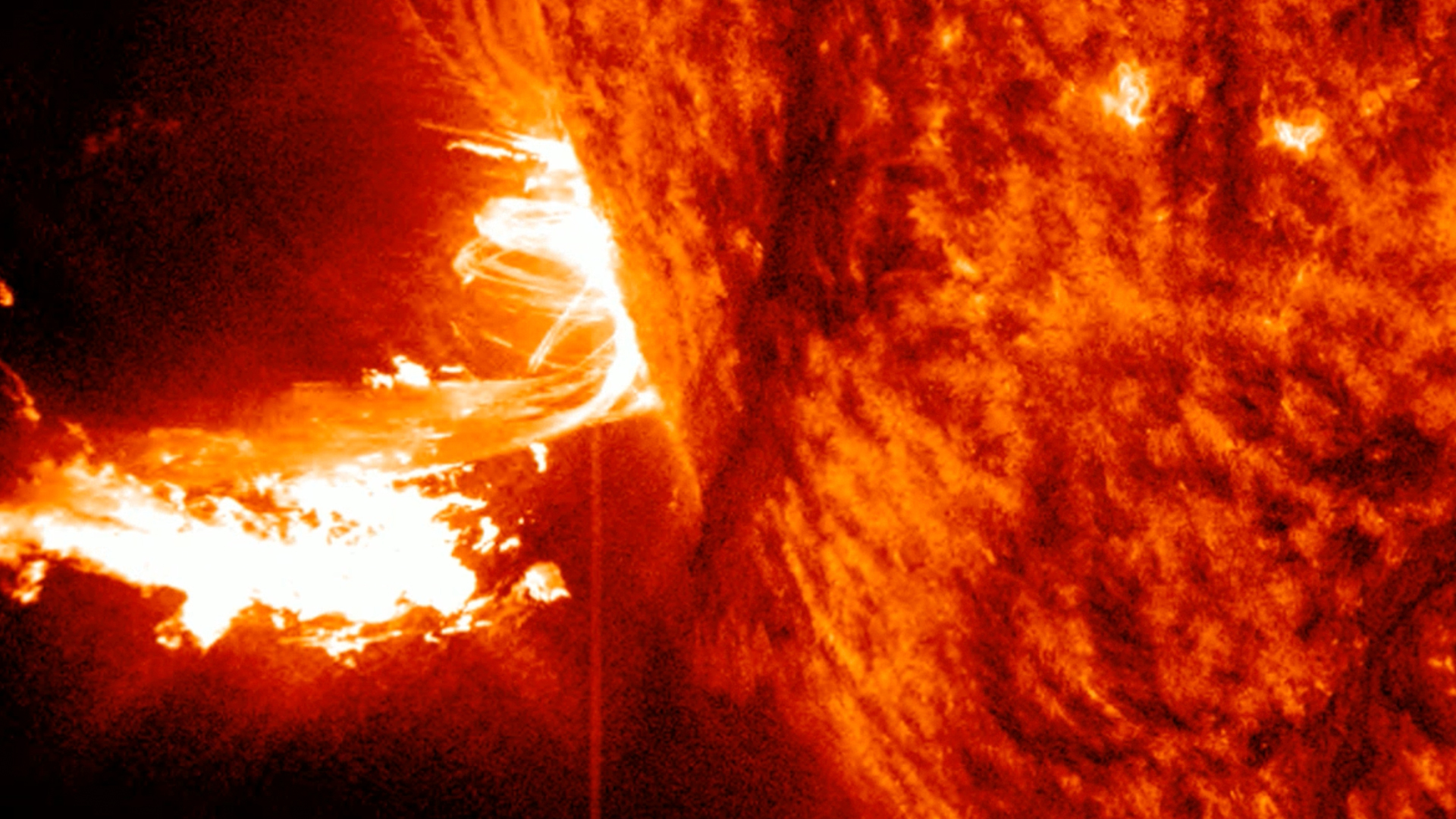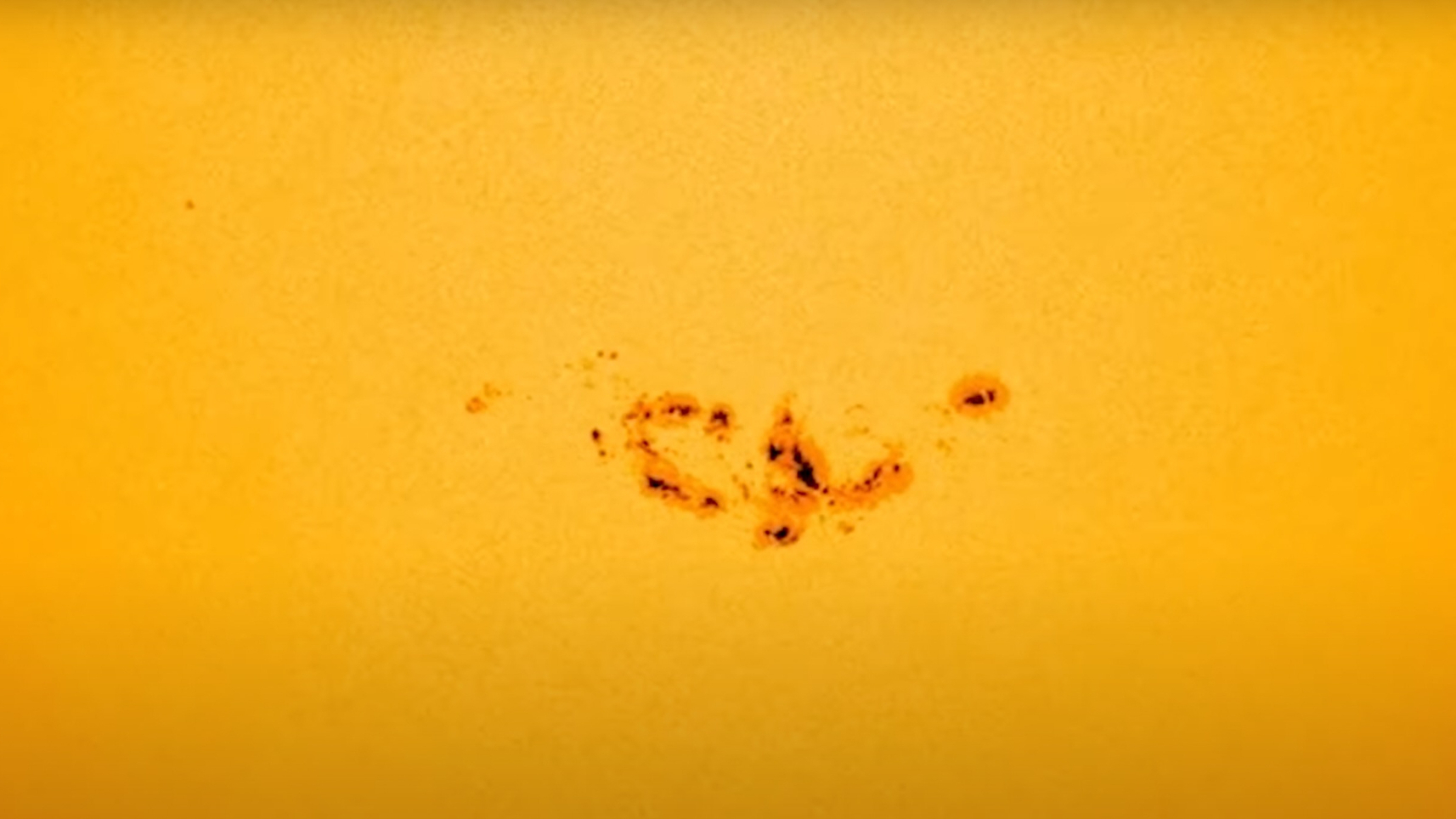After the strongest geomagnetic storm in the last 20 years, the AR3664 sunspot has become visible again and continues to emit a huge amount of radiation into space. The NOAA’s Space Weather Prediction Center recorded a solar flare at the southeastern edge of the Sun on Monday. The AR3664 sunspot was probably the cause of the powerful flare, which was classified as X2.8.

Solar flares are classified by strength from the weakest, B-class, to the strongest, X-class. The flare that caused the geomagnetic storm from May 10th to 12th was classified as X1.1. NOAA warns that charged particles released by the Sun this week could reach Earth.

The last time AR3664 was visible, it grew to almost 200,000 kilometers and became one of the most active areas on the Sun during the current solar cycle. After the Sun’s rotation around its axis, the spot was hidden from our view for about two weeks, but now it has returned.

The sunspot gradually turns to face the Earth, emerging from the southeastern region of the Sun. It seems that AR3664, now known as the Old AR3664, has not decreased its activity since the recent solar storm. While it was hidden from our view, NASA’s Solar Orbiter observed an X12 solar flare erupting from a powerful sunspot, causing a huge coronal mass ejection on the far side of the Sun.

If the sunspot continues to emit charged particles, this could lead to a new solar storm. The solar storm that occurred earlier this month reached a G5 rating, the highest level on the geomagnetic storm scale. The Sun’s radiation caused power and radio outages, and also contributed to the appearance of beautiful auroras in the night sky over many countries of the world.
We may see even more auroras in the coming weeks, but we hope that the Sun will not affect the operation of our technologies too much.
Earlier, we reported on how the floor of the World Ocean felt the powerful impact of a solar flare.
According to space.com


